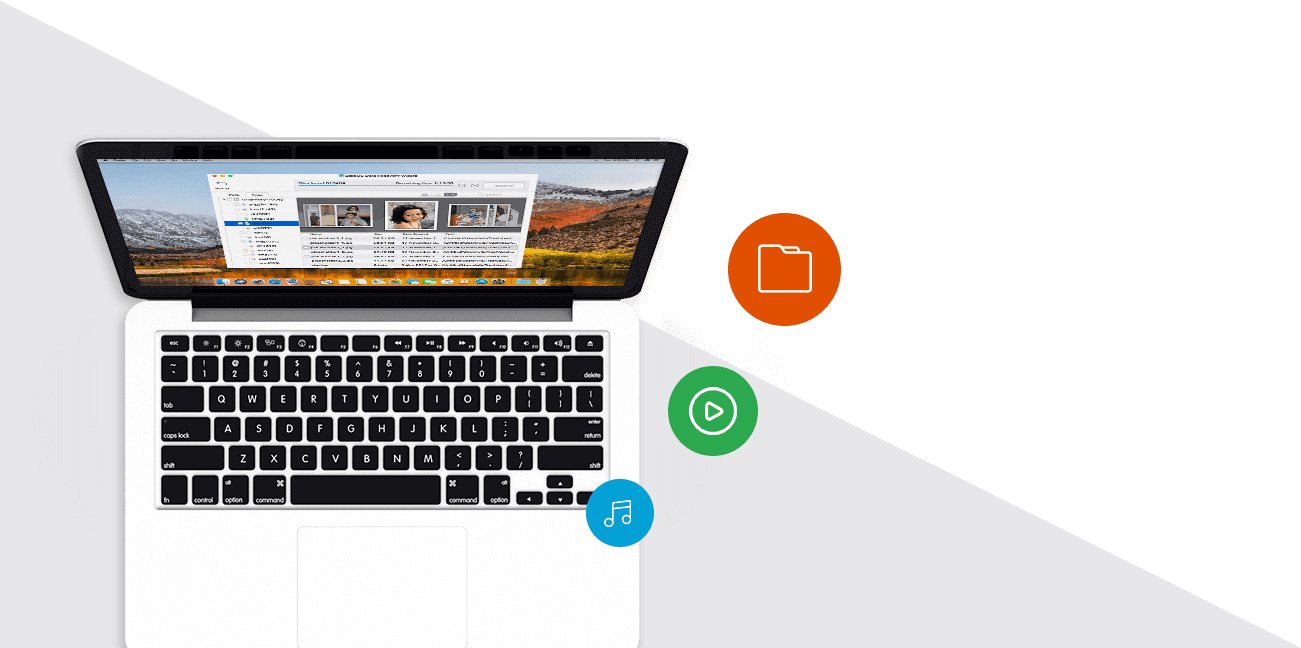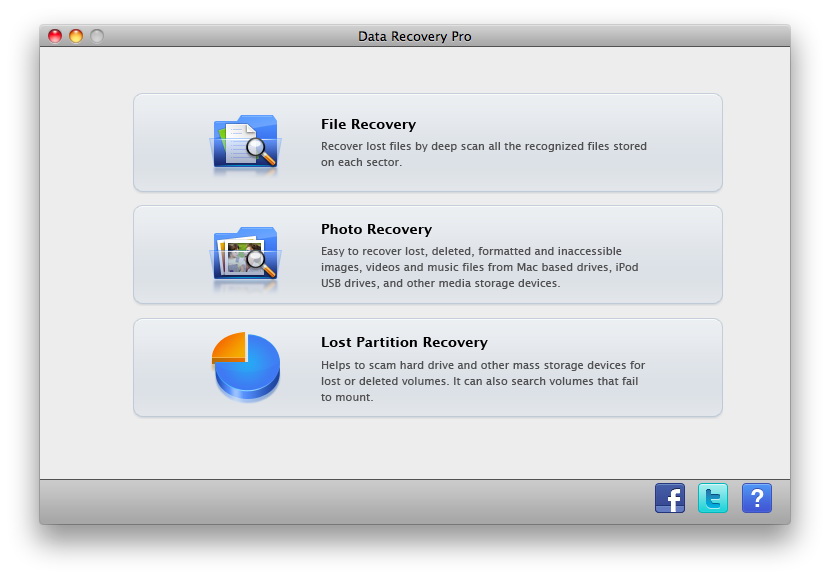The Mac mini was refreshed in October 2018 after more than four years without an update. The new machine, which comes in Space Gray, features 4- and 6-core 8th-Generation Intel Core processors up to five times faster than the previous Mac mini, four Thunderbolt 3/USB-C ports, support for up to 64GB RAM, and all SSD configurations with up to 2TB of storage available.

This might be one of the most comprehensive guides on High Sierra Hackintosh installing to date! I cover how to: 1. Correctly format your install USB drive 2. Create the install usb using Apple's createinstallmedia utility 3. Set up Clover boot loader on the USB with your own kexts, config.plist & APFS drivers 4.
The macOS Sierra bootable USB can be prepared on a Mac without the help of third-party tools, just like how Windows bootable USB can be prepared from Command Prompt. However, if your Mac device is not bootable, you can prepare macOS Sierra bootable USB right from Windows PC as well. In this guide. The full operating system is a free download for anyone who has purchased Mac OS X Snow Leopard, Lion, or Mountain Lion or has a Mac preloaded with OS X Mavericks or Yosemite. Download the Application from the Mac App Store using your Apple ID on any Mac or functional computer running Mac OS X 10.6.8 or later.
Apply the needed UEFI BIOS settings for running macOS on your PC 5. Install macOS including using Clover boot loader and formatting your hard drive with Apple File System 6.
Install Clover boot loader on your boot drive EXTRA GOODIES: 7. Customize Clover for auto-booting macOS 8. Customize 'About this Mac' to show your own device name and system logo!

If you liked this video, there's a special button for that. And if you want more, there's another super special button for that!. DOWNLOADS. Apple macOS High Sierra beta: Clover Bootloader: Config.plist file I use: Kext Database: (right sidebar) Alternative, for Post-Install: MultiBeast: Fix iMessage, App Store and iCloud:. WRITTEN GUIDE.

Note that I do NOT show you how to find drivers for your hardware or how to build a hackintosh system from scratch. I'm very sorry for the horrible video quality of this film.
Unfortunately, I could not get any free screen recording application I knew of working on High Sierra in time for the film. If you know of one, please let me know in the comments! Music Credits: Apple iLife Jingles Library: 'Spacey Club' YouTube Audio Library: 'The Bluest Star', 'Beat Your Competition', 'Night Vision', 'Jaracanda' Other: 'Sax, Rock, and Roll' Kevin MacLeod (incompetech.com) Licensed under Creative Commons: By Attribution 3.0 'Cool Rock' by Bensound.com Still reading? Re:comments: Please remember to be civil and that there are other human and robot beings reading your comments below. Also, I spent lots of time making this film yet I make zero money off it.
Therefore you can solely help me by respecting the effort and being friendly in the comments.:).
. After downloading the installer, connect the USB flash drive or other volume you're using for the bootable installer. Make sure that it has at least 12GB of available storage and is. Open Terminal, which is in the Utilities folder of your Applications folder.
Type or paste one of the following commands in Terminal. These assume that the installer is still in your Applications folder, and MyVolume is the name of the USB flash drive or other volume you're using.
Media Player For Tv Usb
After, follow these steps to use it. Connect the bootable installer to a compatible Mac. Use Startup Manager or Startup Disk preferences to select the bootable installer as the startup disk, then start up from it. Your Mac will start up to.
Usb Driver Download For Mac
Learn about, including what to do. Choose your language, if prompted. A bootable installer doesn't download macOS from the Internet, but it does require the Internet to get information specific to your Mac model, such as firmware updates. If you need to connect to a Wi-Fi network, use the Wi-Fi menu in the menu bar. Select Install macOS (or Install OS X) from the Utilities window, then click Continue and follow the onscreen instructions. For more information about the createinstallmedia command and the arguments that you can use with it, make sure that the macOS installer is in your Applications folder, then enter this path in Terminal: Mojave: /Applications/Install macOS Mojave.app/Contents/Resources/createinstallmedia High Sierra: /Applications/Install macOS High Sierra.app/Contents/Resources/createinstallmedia Sierra: /Applications/Install macOS Sierra.app/Contents/Resources/createinstallmedia El Capitan: /Applications/Install OS X El Capitan.app/Contents/Resources/createinstallmedia.